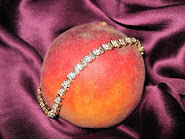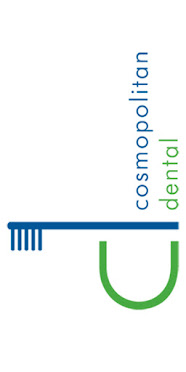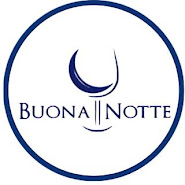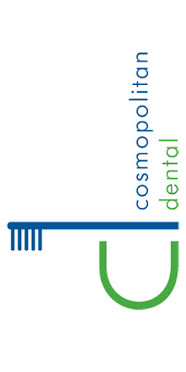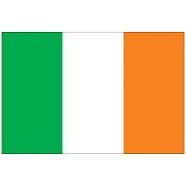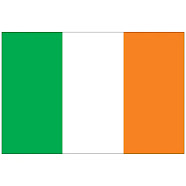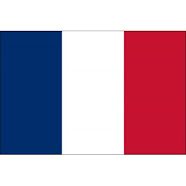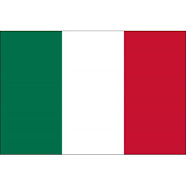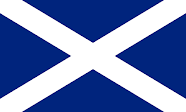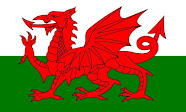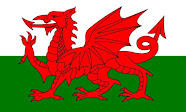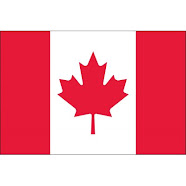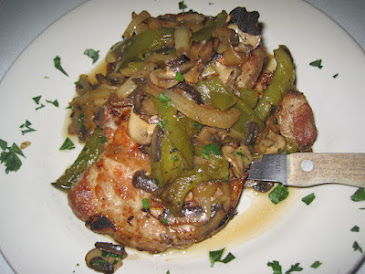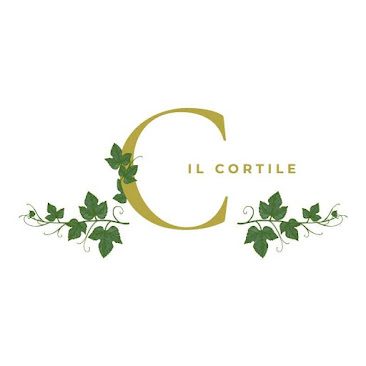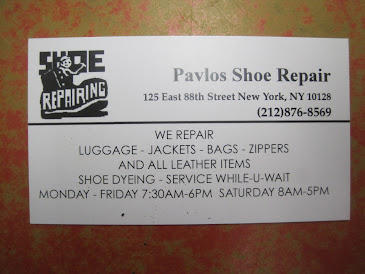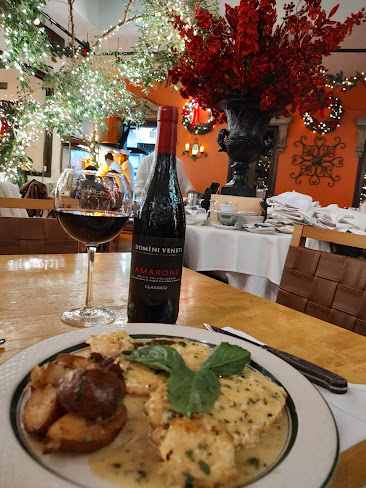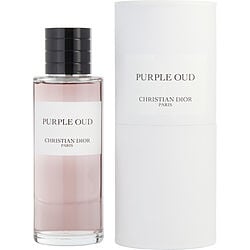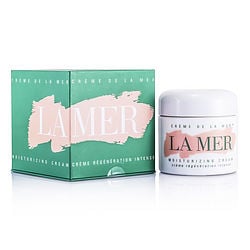Weston's Nautilus Shell Leads Sotheby's Spring Photographs Auction
On Tueday 13 April 2010, Sotheby's will offer at auction a remarkable selection of Photographs that ranges from examples of some of the earliest photographs made in America, to masterpieces of the modernist aesthetic in photography and beyond. The 244 lot sale is estimated to fetch $3.4/5.1 million.
The auction's top lot is Edward Weston's iconic study of a single Nautilus Shell ($300/500,000, above). This print was purchased in 1927, the year the picture was taken, at San Francisco's East West Galleries for $10 by a young photographer named Bernice Lovett. Unable to pay the entire cost of the photograph at once, Ms. Lovett paid for it in monthly 50-cent installments. The image has, in the intervening years, become one of Weston's most celebrated and is now regarded as one of the great modernist photographs of all time. The print offered by Sotheby's is the ideal early state of the image, on matte-surface photographic paper, affixed to a large mount that bears Weston's early penciled signature. This print has remained in the collection of Ms. Lovett's family since its original purchase over 80 years ago. It has never before appeared on the market.
László Moholy-Nagy, the great proponent of modernism across a broad array of media, was an early experimenter with the photogram. A unique cameraless image, a photogram is made by placing objects directly on or over a sheet of photographic paper and exposing it to light. Sotheby's will auction one of Moholy-Nagy's earliest efforts with the technique from the early 1920s, an untitled Photogram ($200/300,000, below left), one of only a handful of Moholy-Nagy photograms to come onto the market in recent years.
The animated composition of this photogram is unusual for this early period, and is rendered with Moholy-Nagy's characteristic nuance and precision. The photogram is further enhanced by the photographer's extensive notations on the reverse, in which he enumerates the objects used to make the image: a child's rattle, a film spool, and a muzzle. Through Moholy-Nagy's handling, these quotidian objects transcend their appearances to become pure compositional elements. Moholy-Nagy's notations on the reverse indicate that the photogram was sent by him to legendary editor and art scholar Christian Zervos no later than 1929, for possible publication in Zervos's influential arts journal Cahiers d'Art. It is also believed that, like one other photogram sent by Moholy-Nagy to Zervos, this example was previously in the possession of the great Russian writer Vladimir Mayakovsky, possibly for inclusion in Mayakovsy's groundbreaking leftist arts and literature journal, Lef.
Sotheby's is pleased to have a selection of daguerreotypes from two distinguished American collections, as well as several individual daguerreotypes of significant historical importance. The David Belcher Collection was assembled beginning in the 1970s and contains some exquisite examples of the daguerreian art as it was practiced in America in the 1840s and 1850s. Mr. Belcher was one of the first people to recognize the importance of these early American photographs, and his first collection of the images, started in 1961, was sold at the end of that decade to the Library of Congress and the George Eastman House. Sotheby's auction includes images that showcase Mr. Belcher's sophisticated aesthetic sensibilities and his uncanny ability to source truly great outdoor views, occupational studies, and portraits.
Among these is a full-length portrait of the important Seneca figure Caroline Parker ($25/35,000, above right). Born on the Tonawanda reservation in western New York around 1826, Parker came from a family of great importance in the Seneca Nation, a member of the Iroquois Confederacy. Along with her brother, Ely S. Parker – who would go on to a distinguished military career, serving as a general in the Union Army under Grant – Caroline Parker was literate and well-educated and served as a translator for  the Seneca. She collaborated extensively with the father of American anthropology, Lewis Henry Morgan, and much of the information contained in Morgan's The League of the Ho-de-sau-nee or Iroquois (1851) was largely gleaned through Parker and her brother. The clothing Parker wears in this daguerreotype, with its elaborate traditional beadwork and embroidery, was made by Parker herself, and is now in the collection of the New York State Museum, Albany.
the Seneca. She collaborated extensively with the father of American anthropology, Lewis Henry Morgan, and much of the information contained in Morgan's The League of the Ho-de-sau-nee or Iroquois (1851) was largely gleaned through Parker and her brother. The clothing Parker wears in this daguerreotype, with its elaborate traditional beadwork and embroidery, was made by Parker herself, and is now in the collection of the New York State Museum, Albany.
Daguerreotypes from other collections include one of the earliest known photographs of Chicago ($30/50,000, left), which shows the Exchange Bank Building on the corner of Lake and Clark Streets. Using the signs of businesses visible in the image, and cross-referencing these with Chicago city directories of the period, Sotheby's was able to determine that this daguerreotype was made in either 1854 or 1855. Another large, half-plate, daguerreotype depicts an intricately beautiful Marquetry Table by Master American Artisan Peter Glass ($7/10,000).
A group of 50 Danny Lyon photographs from The Bikeriders series ($40/60,000) documents both the romantic and brutal realities of this American subculture. This project, in which Lyon immersed himself in biker culture, stands today as some of his finest work. Garry Winogrand's massive 85-photograph Women Are Beautiful ($60/90,000) showcases another great postwar photographer's work. The sale includes a set of 4 rare and early New York City views (each est. at $10,000-15,000 and including ‘Kids God Bless,’ left) by Roy DeCarava, believed to have been used for a Harry Belafonte television special entitled New York 19. Other postwar and contemporary works include a 1949 print of Irving Penn's Cuzco Children ($60/90,000); a suite of 10 large-format color photogravures of Flowers ($60/80,000) by Robert Mapplethorpe; Bernd and Hilla Becher's six-photograph sequence of Spherical Gastanks ($60/80,000); as well as works by Shirin Neshat, Vik Muniz, and Edward Burtynsky.
# # #
*Estimates do not include buyer’s premium






